The room layout, an important condition for a successful work session
Do you know that feeling? You’re giving a presentation or facilitating a workshop, and that one annoying person dominates the entire meeting? This blog discusses what the ideal setup is for a successful workshop. What should you do and what should you avoid to steer a conversation filled with disruption and dominant individuals in the right direction? My answer: carefully consider the room layout!
Whenever I have to facilitate a workshop, I make sure to arrive well in advance. I then spend time rearranging tables and chairs. From experience, I know how important a good setup is for a meaningful conversation. In this blog, I’ll share the lessons I’ve learned from experienced process facilitators.
A well-known example is Steenbergen, where the mayor was booed by his constituents over the potential arrival of an asylum center in the municipality. In the photo above, the mayor is seen speaking to the audience from a podium behind a lectern, using a microphone.
In this theater-style setup, the residents listen to the mayor’s speech. What happens here—and what typically happens in this setup—is a situation of 100 against 1. In such a scenario, as a facilitator, it is almost impossible to influence the process. One dominant speaker stamps their authority on the meeting at the beginning of the evening. From that moment on, the evening is already lost, and your role as a facilitator is diminished. You can no longer allow nuanced voices and timid individuals to speak.
To facilitate this process better, it’s important to break the group into smaller segments. A good example of this is the G1000 meeting in Amersfoort. This allows more people to have their say, including moderate and timid individuals. Additionally, you will have tables where the mood is “for” and tables where the mood is “against.” Instead of having the opponents direct their comments at the facilitator, you, as the facilitator, ensure they address each other, allowing arguments for and against to be exchanged.
An important lesson here is to keep your introduction as a facilitator brief and get the audience working as quickly as possible. You can do this with a good, simple open question: How can we help refugees in our municipality? Based on this open question, people will start discussing at their tables. You walk around and observe which tables are “for” and which are “against.” Additionally, you gather various ideas and arguments. Before you open the conversation with the audience to share the outcomes from the discussions, you, as the facilitator, decide: which table should I start with? Should I begin with the tables full of angry opponents or with the table that has a more nuanced view?
What open question will you use to engage your group?
Kortom, context en in de inrichting van de ruimte zijn belangrijk voor het begeleiden van een goed proces. Het geeft je als procesbegeleider mogelijkheden om te interveniëren en het proces te begeleiden. Wat geldt voor een zaal met 1000 mensen, geldt ook voor groep van 30 mensen of 15 mensen. Ook dan zorg ik er voor dat mensen in kleine groepjes in gesprek gaan. Niets is zo dodelijk als praatgrage, dominante boze deelnemer, die jouw hele proces in de wielen rijdt.

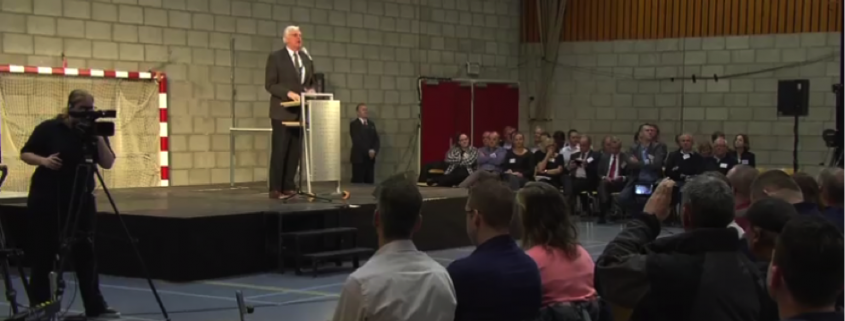
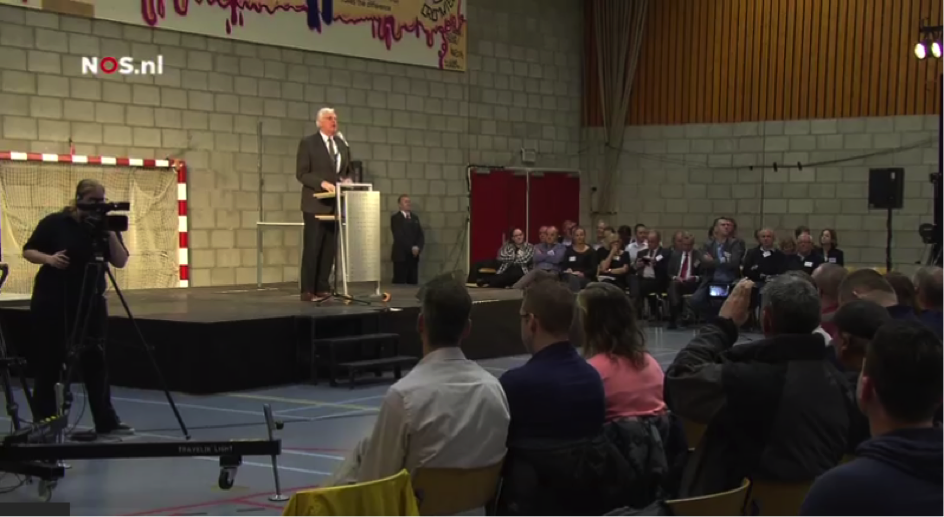
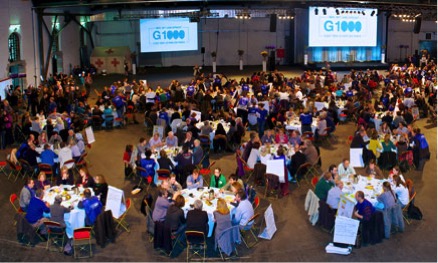
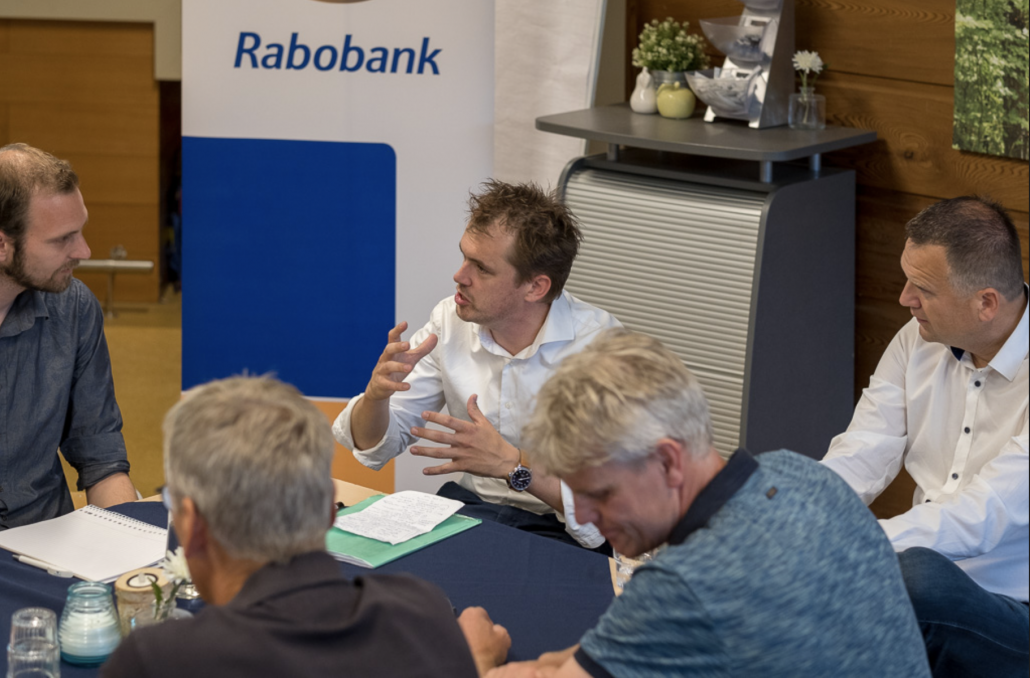
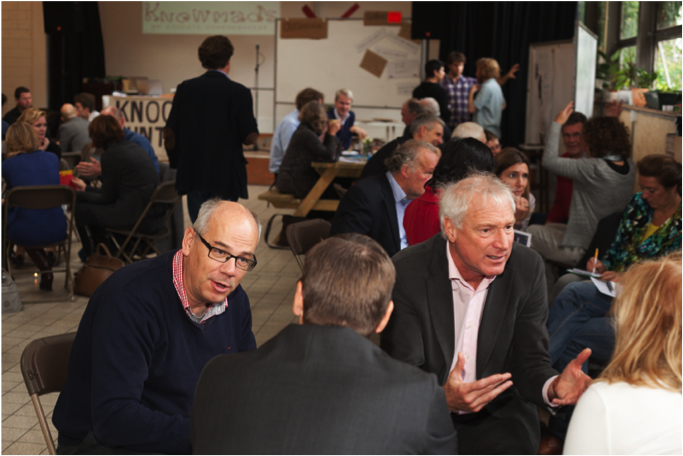
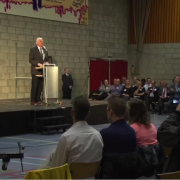
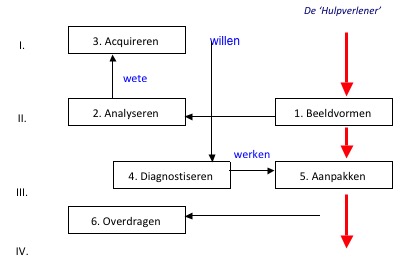




Plaats een Reactie
Meepraten?Draag gerust bij!